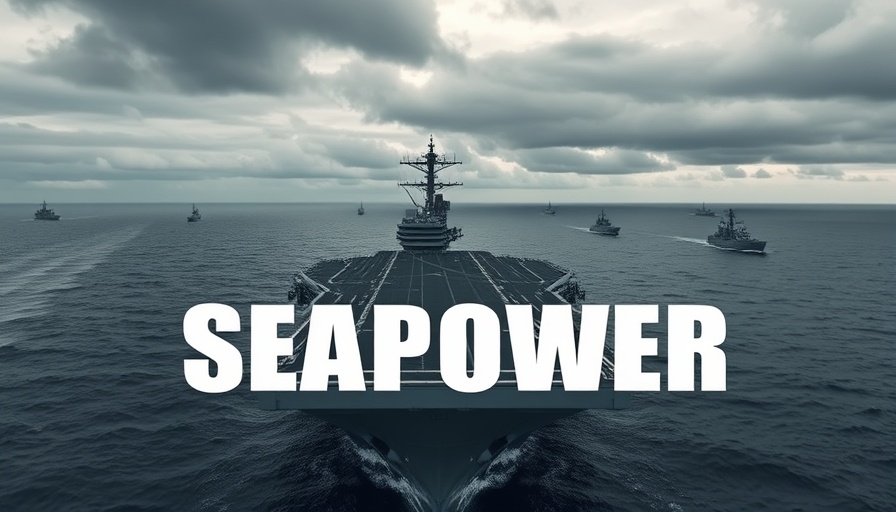
Navy's F-35C Jet Crash: An Unfortunate Incident
On a quiet Friday morning near Naval Air Station Lemoore, California, an F-35C Lightning II stealth jet, a cutting-edge fighter used by the Navy, crashed during a routine training exercise. Fortunately, the pilot was safely ejected and reported no serious injuries, but the incident has brought to the forefront important discussions regarding military aviation safety and the advanced technologies in use.
Understanding the F-35C: A Modern Marvel
The F-35C is the Navy's most advanced combat aircraft, designed for carrier operations and built to ensure air superiority. Its capabilities include advanced stealth technology, sophisticated avionics, and exceptional maneuverability. However, as incidents like this remind us, even the most sophisticated technology can face challenges. The timeline of the F-35 program is filled with development challenges and cost overruns, leading to debates on its effectiveness and necessary improvements.
Human Element in Technology
Behind the sophisticated systems of the F-35C lies a dedicated team of engineers, pilots, and support staff who strive to ensure the safety and effectiveness of their missions. When an incident occurs, like the recent crash, it serves as a reminder that while technology is impressive, the human element is equally crucial. The bravery of the pilots and the support teams showcases resilience and determination, often coming together to face the risks inherent in military aviation.
Lessons from Military Aviation Accidents
Accidents in military aviation, while unfortunate, can lead to improved safety protocols and aircraft reliability. The crash's investigation will uncover critical factors that can be studied not only for the F-35C but for all military aircraft in operation today. These lessons contribute to ongoing training adjustments, design improvements, and safety regulations that help protect the brave men and women serving their country.
The Importance of Community Support
Events like these also highlight the need for community engagement and support for military personnel. Many neighborhoods surrounding naval installations host families of service members who face the stress of training and potential incidents. Creating spaces for dialogue and support can strengthen community bonds while giving families a sense of security and solidarity.
Looking Ahead: Safety and Technology Advances
The future of military aviation will undoubtedly evolve with lessons learned from such incidents. Enhanced safety measures and technology improvements in aircraft like the F-35C are vital to maintaining an agile and capable fleet. As advancements in aviation technology continue, stakeholders must focus on fostering a culture of safety that prioritizes training and preparedness.
In a world increasingly reliant on advanced military technology, incidents serve as red flags that remind us of the complexities involved in safeguarding the lives of those who brave the skies. As investigations unfold, communities and the military will come together, learning from the past to create a safer future for all.
 Add Row
Add Row  Add
Add 




Write A Comment